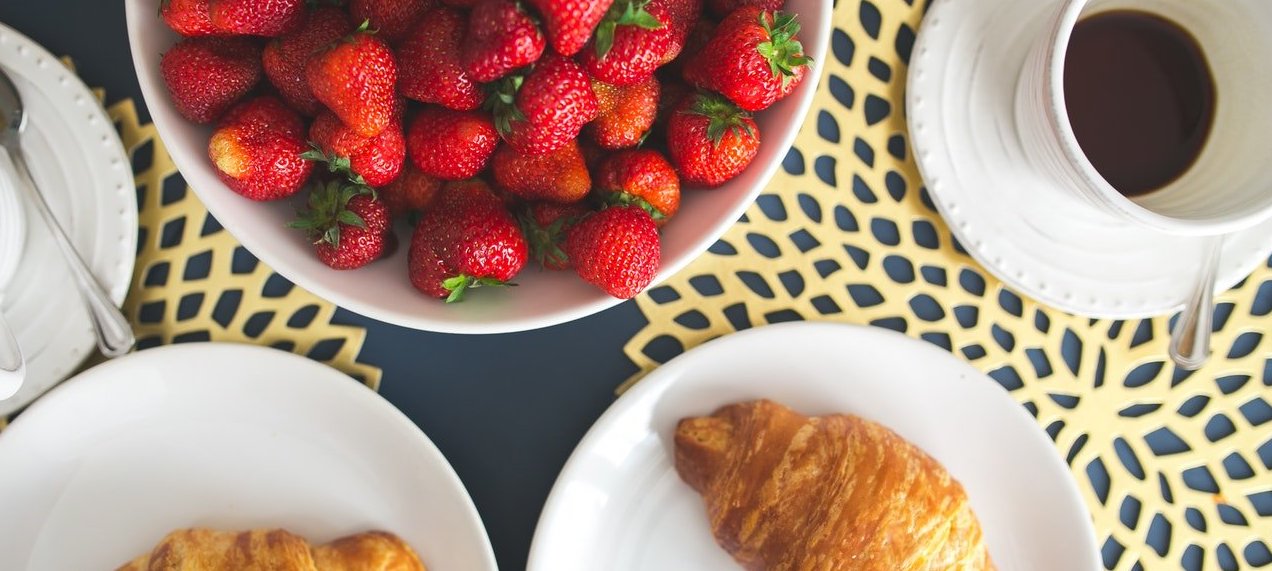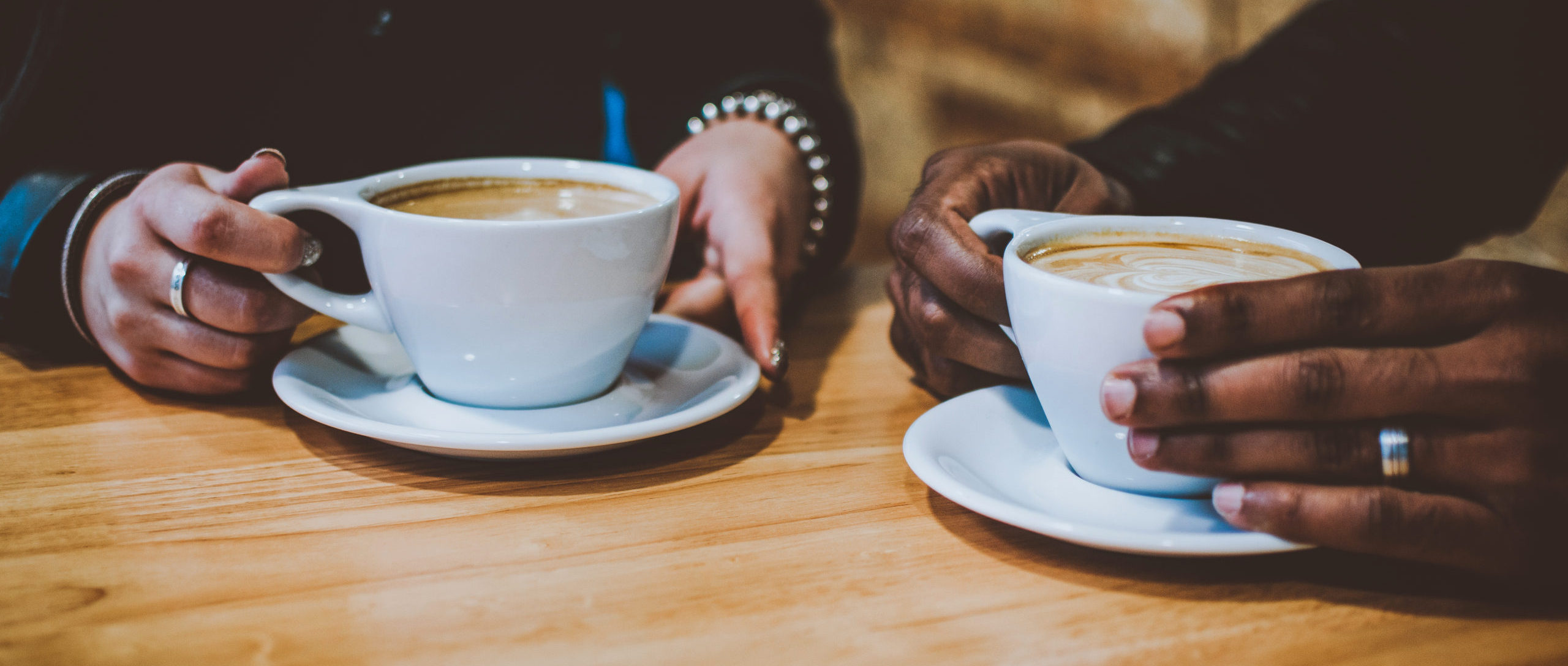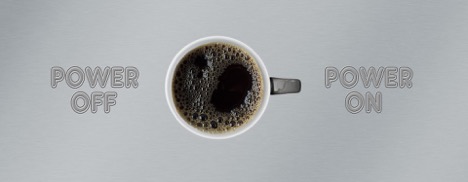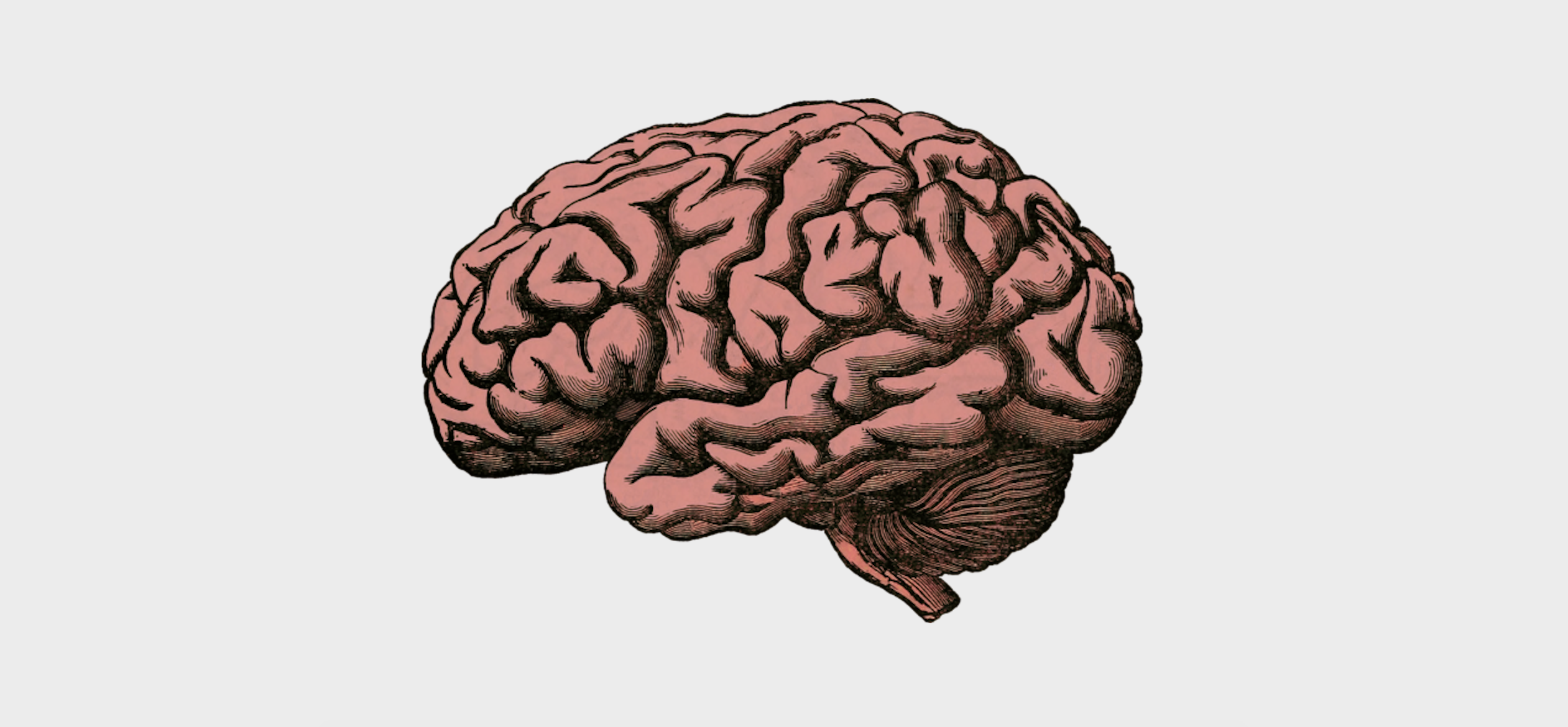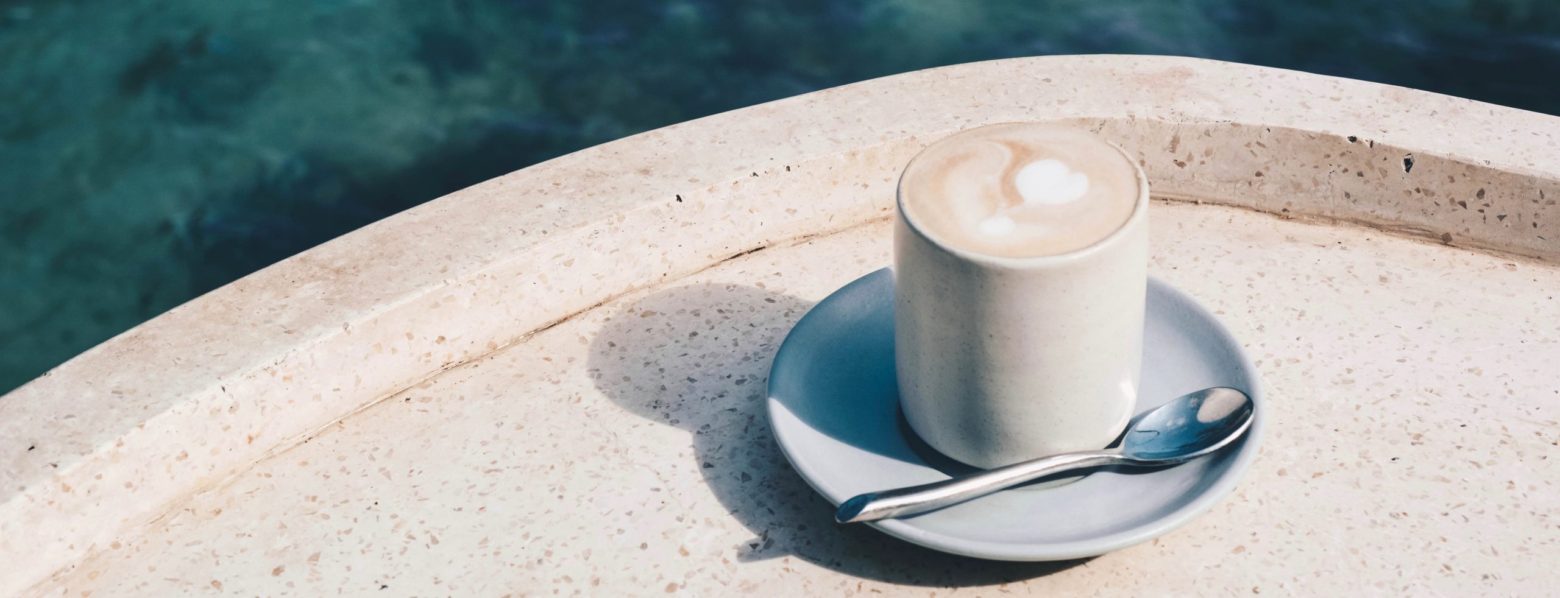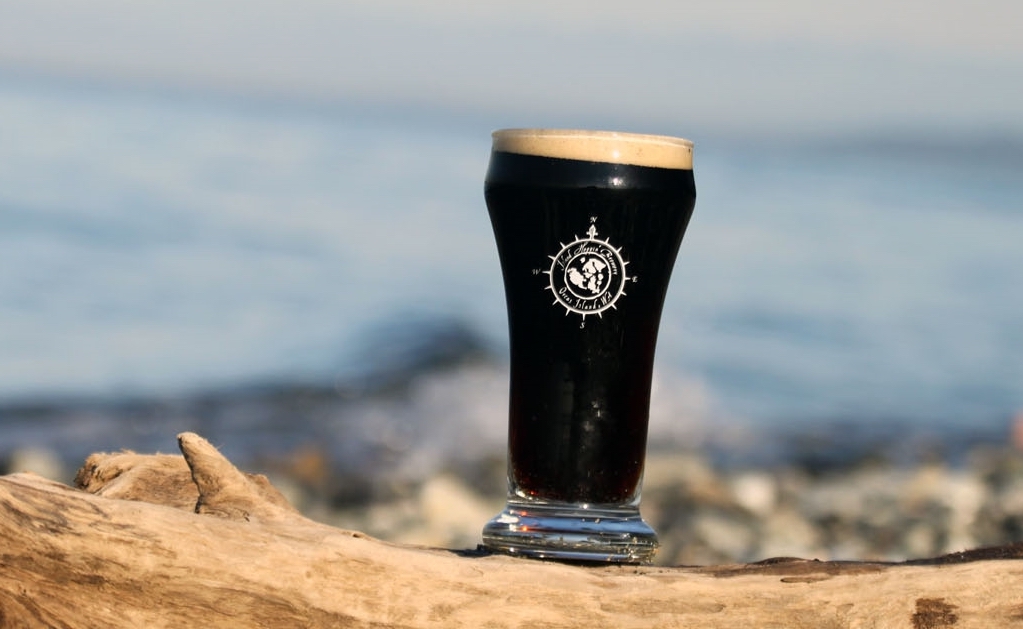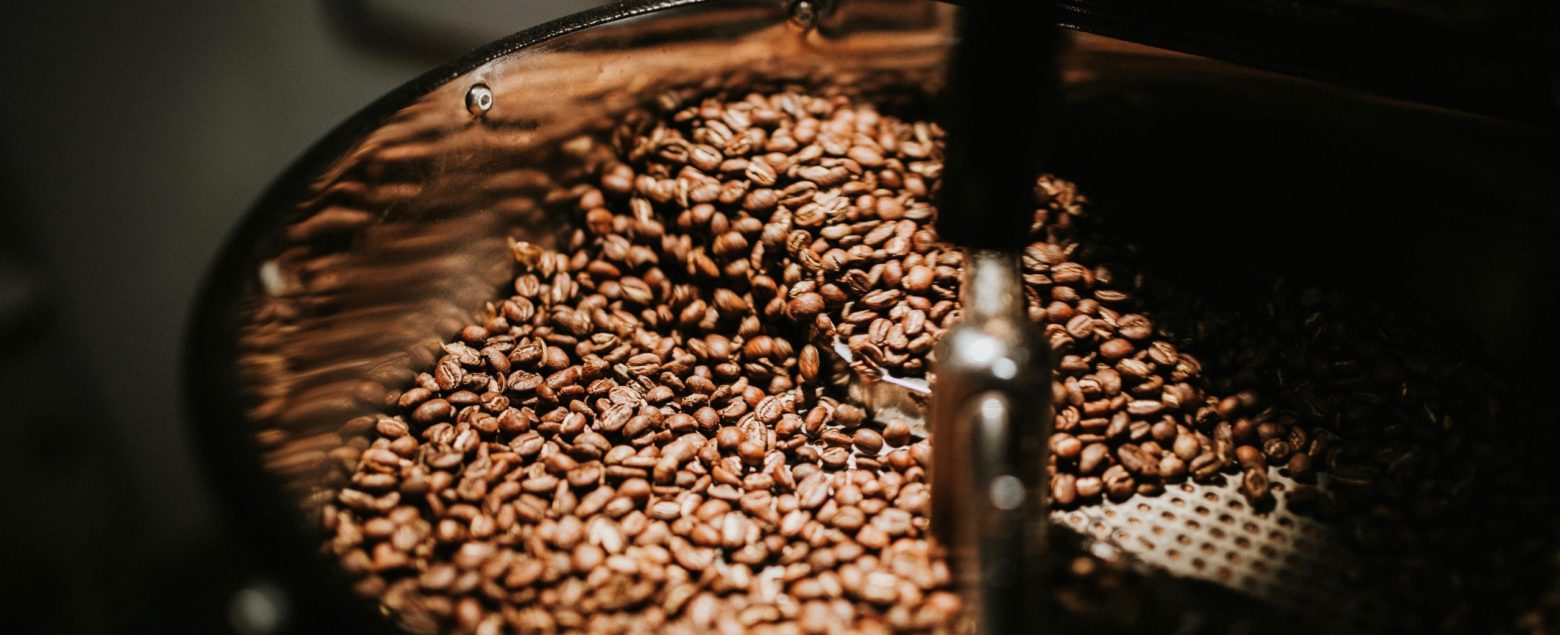
The Artistry of the Roast
Does your cup of coffee transport your senses to a different place depending on the flavor and your mood? Roasting coffee beans is an art no different than painting a masterpiece; time, heat, and color take the place of brushes and palettes. Your favorite roast requires an artist skilled in the nuances of coffee bean flavors and aromas; anything less is like snapping a Polaroid versus creating a Rembrandt.
The heat is on
A coffee bean starts out as a hard pit; then it goes through a process of fermentation and drying making it softer and sort of grassy smelling. In this state, it can be stored without losing its quality or taste, but you wouldn’t be impressed by either of those attributes until its flavors are released through roasting. Roasting machines are set to temperatures between 370 and 540 degrees Fahrenheit, the beans are constantly moving for even heating from a few minutes to a half hour. Once removed from the heat, the beans are immediately cooled.
The process of roasting causes changes to occur in the bean’s chemical make-up. A combination of science and years of experience are what make a Roast Master; you don’t just walk in off the street and get a job roasting coffee. Beans are brought to high temperatures pretty rapidly it takes a master roaster to know the moment the beans have reached roasting perfection.
Color me fascinated
Different roasts create different depths of flavor; lighter roasts keep most of the natural bean flavor while darker roasts remove more of the sweetness for a full bodied taste. Each degree of roasting is gauged by color; obviously, the longer the beans are left to roast the darker they get.
Lightly roasted beans will have a more cinnamon color, light brown with reddish tones, original bean flavors. Mild beans are better when lightly roasted, leaving you with layers of flavor depending on where the beans were grown and the surrounding vegetation.
Medium roasts are the most popular because the flavors are the most enhanced, the color palette for medium roasts ranges from light-medium brown to medium brown and oily. A shiny appearance will happen when temperatures are high enough to begin releasing the natural oils within the bean. Often, big coffee companies will employ a medium roast to average quality beans in an attempt to fool you and bring out a richer flavor. Camano Island Coffee is made from the highest quality, single-origin Arabica beans, so our medium roast coffees are balanced and flavor filled.
Dark roasted coffees range in color from medium-dark brown and oily to very dark brown. The longer the beans are left to roast the smokier the flavor, with a lower acidity and richly coated in coffee oils these tend to be internationally favored. Make sure you’re getting high-quality beans since many mass-produced coffee makers will use the dark roast in an attempt to hide poor quality.
There is a niche market of coffee lovers that prefer extra dark roast coffees, the beans are almost black in color and can be shiny or brittle. These beans have none of their original flavor left; you have to be of a strong constitution to enjoy this flavor of roast. We don’t go too dark, instead relying on varietal beans that blend so well you can enjoy your espresso alone or in your favorite creamy concoctions.
Regional flavors
Our regional blends offer another option. We roast our single-source coffees separately, then blend the regional coffees together to bring all of your favorite coffees into a single cup. Camano Island Coffee offers a variety of roasts and blends, including espresso and less caffeinated choices.
The daily grind
Everyone involved in the process at Camano Island Coffee Roasters is there to bring you the best tasting, highest quality coffee you’ve ever had. We believe everyone from the farmer to the consumer is of the utmost importance, and because we believe that on every box we make sure to pass along the messages of hope and success that we’ve created together. Together is the most important idea of all, for once you decide to support social and environmentally sound businesses you change the world with every purchase, with every cup, with every sip. Now, isn’t that a great tasting cup of coffee?

